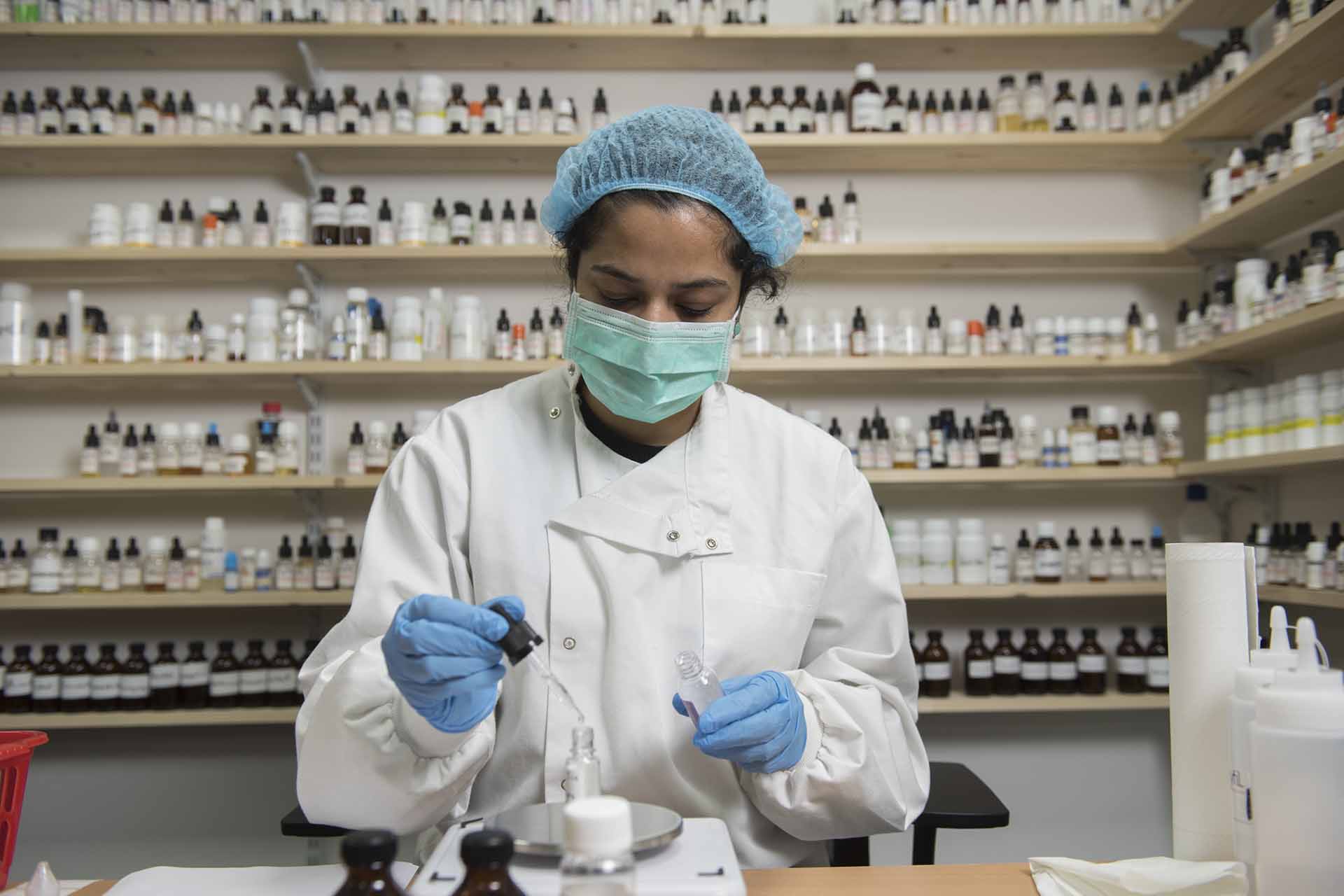When manufacturing and selling E-Liquids and E-Cigarettes in the EU, many of the regulations are the same as what we currently hold in the UK. Brexit and the exit-withdrawal agreement resulted in the UK adopting its own version, the Tobacco and related Products Regulations (TRPR). It also resulted in the Tobacco Products and Nicotine Inhaling Products (Amendment) (EU Exit) Regulations 2020. Whereas previously the UK was covered by the EU’s Tobacco Products Direction (TPD), or European Tobacco Products Directive (EUTPD) (2014/40/EU).
The EU Regulations
TPD and the EUTPD cover the manufacture, presentation and sale of all tobacco related products including E-Cigarettes. Much like the UK’s regulations, these directives govern the packaging, labelling and ingredients, alongside adverting restrictions, creation of a smoke-free environment, tax measures and activities against illegal trade, and acquiring anti-smoking campaigns.
For E-Cigarettes particularly, new rules were introduced:
- minimum standards for safety and quality
- information is provided to consumers of nicotine containing products
- that protections are put into place to prevent children from starting to use the products
These rules came into effect as of May 2017 for any nicotine containing product:
- restrict the maximum volume of E-Liquid in a single container to 10ml
- restrict capacity of tanks to no more than 2ml
- restrict nicotine strengths of E-Liquids to no more than 20mg/ml
- be child resistant and tamper evident
- not contain caffeine, taurine or colourings
- be submitted to the EU-CEG (The EU Common Entry Gate)
- include relevant warnings and information
As you may have realised, these are the same regulations we currently use in the UK with the only difference being the regulatory body that products should be reported to. For the EU, nicotine-containing products such as E-Liquids and E-Cigarettes must be reported to the EU-CEG. This regulatory body requires information on ingredients, emissions and toxicological data that is then accessible by the public for complete transparency. By doing so it ensures the quality and safety requirements are being met, and any non-compliant products will not be listed and should therefore be avoided.
Interestingly, in some EU countries, the EU-CEG is used to provide information on other products such as:
- novel tobacco products
- herbal products for smoking
- nicotine-free E-Cigarettes
How Xyfil can help with compliance
“Our in-house team of experts are able to perform the necessary toxicological evaluations on the compounds detected during the analysis of your e liquid and its emissions. More critically, we also know how to gather this data into the format required by all European member states and complete the required submission for your business.”
Pradip, Compliance Officer, Xyfil.
You may be looking for help with establishing compliance for your existing products, before moving your products to EU markets. If so, our in-house compliance team can help by taking control of the process. From toxicology testing to filling out the paperwork and completing the process by informing the EU-Common Entry Gate, we can help you get your product to market without hassle.
Looking to create a new product to take the EU markets by storm? As a Toll Manufacturer, we are able to help you wherever you are in the process of product development. Be it manufacture, labelling & packaging, dispatch, marketing assets and of course compliance, Xyfil has you covered. With our white label manufacturing services for E-Liquid, CBD and cosmetics, we can efficiently offer quality products that comply with EU regulations. Backed by 10+ years of experience. With thousands of our products already available in the EU market, there’s never been a better time to start with Xyfil than now.
Get to know us more and meet the team over on LinkedIn.

